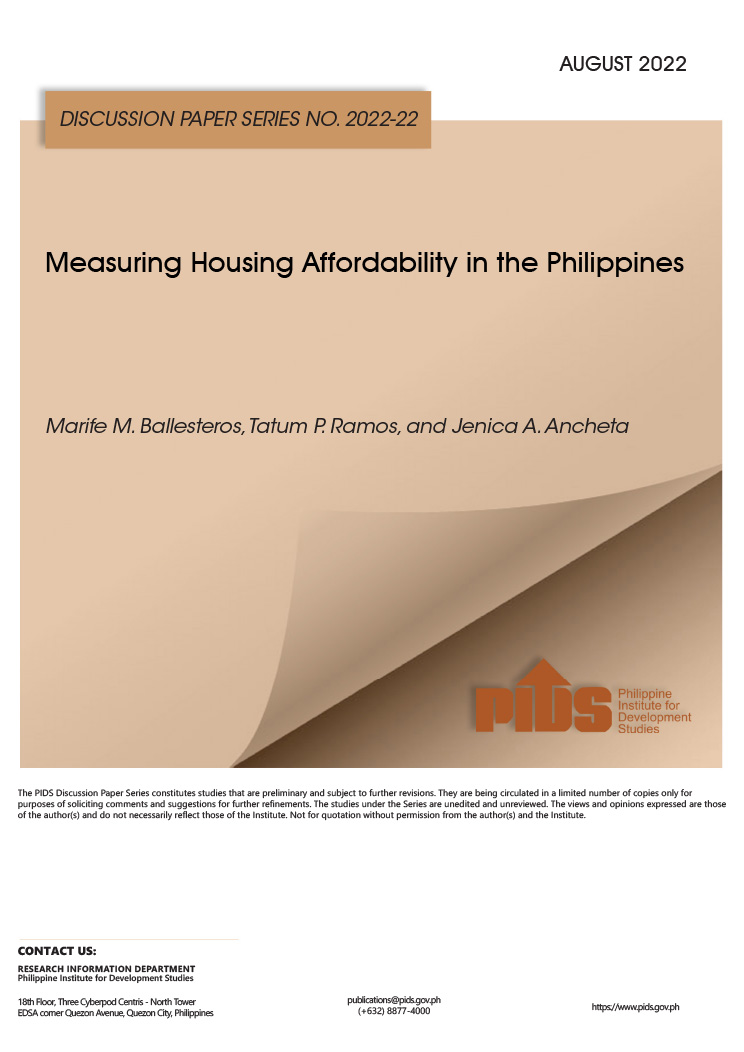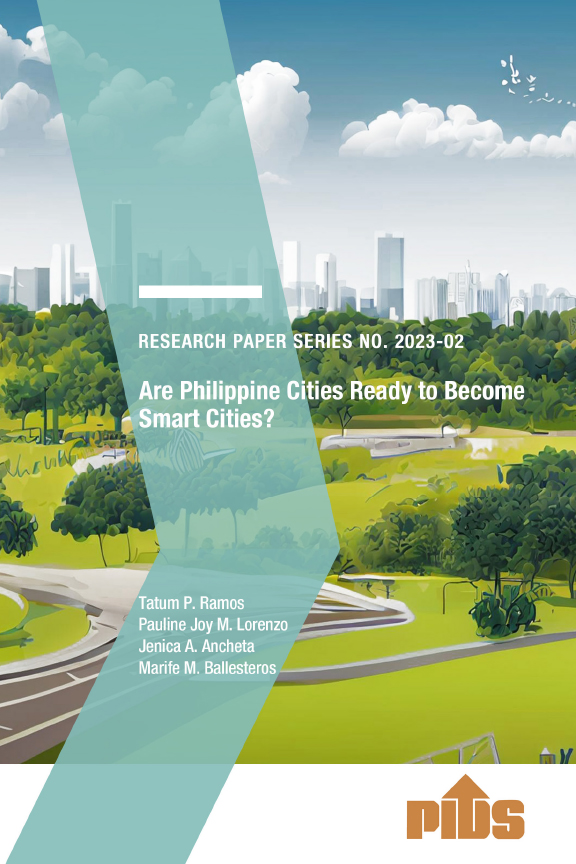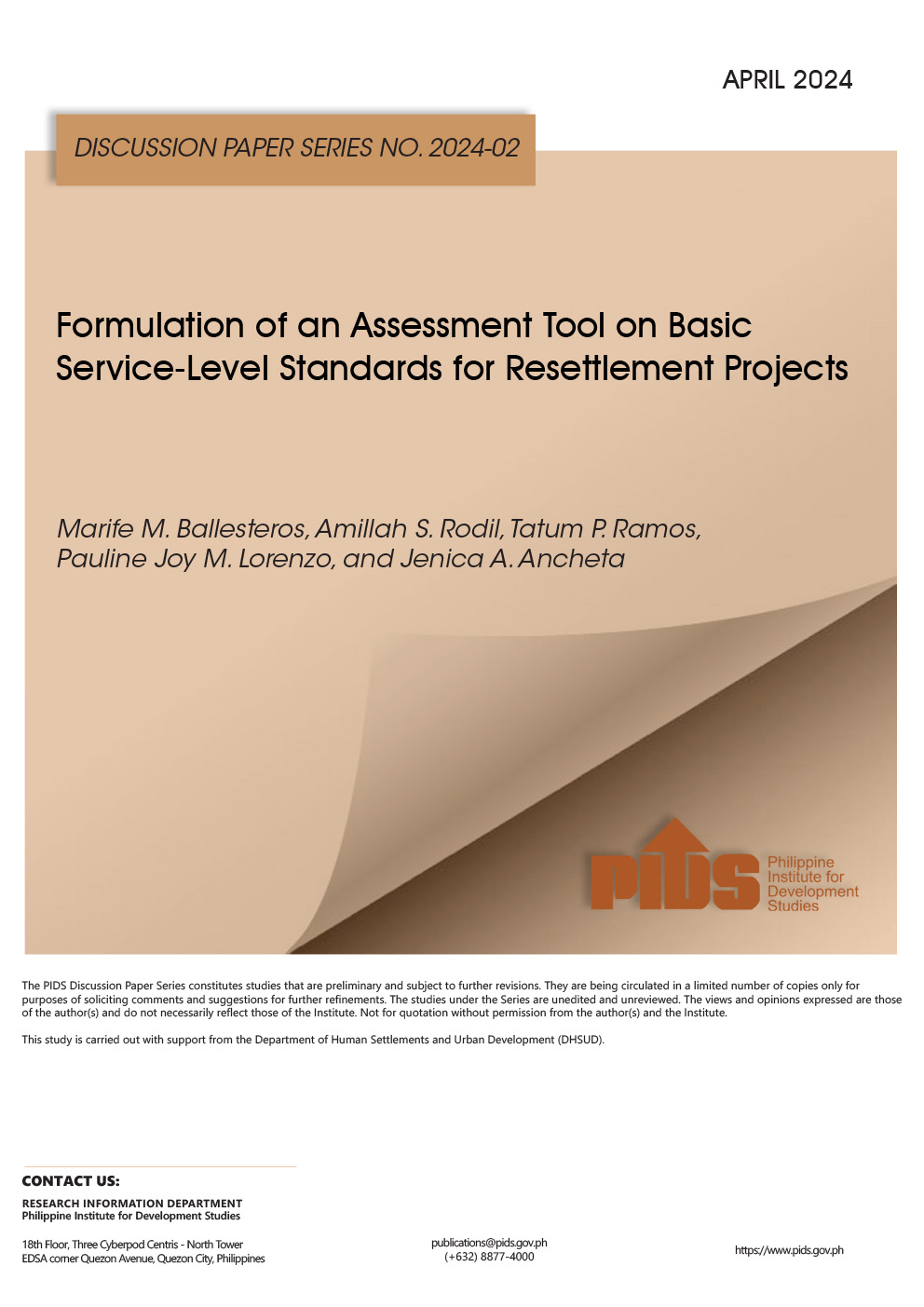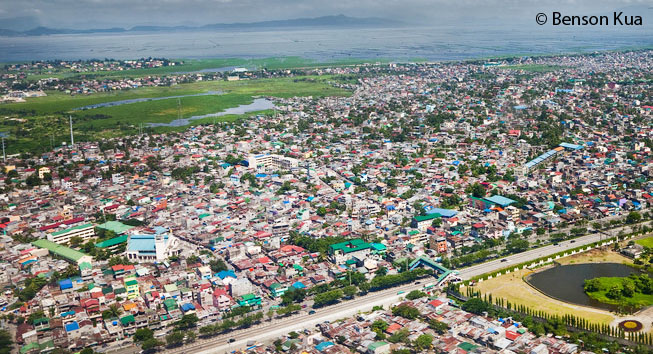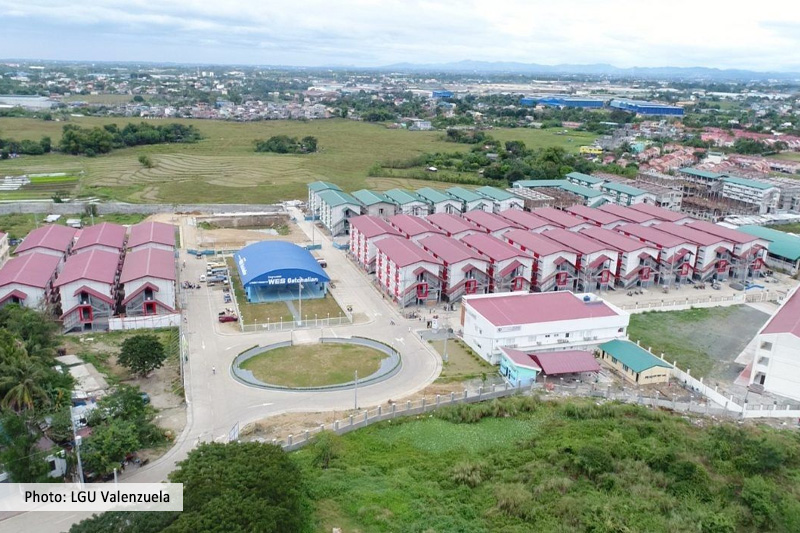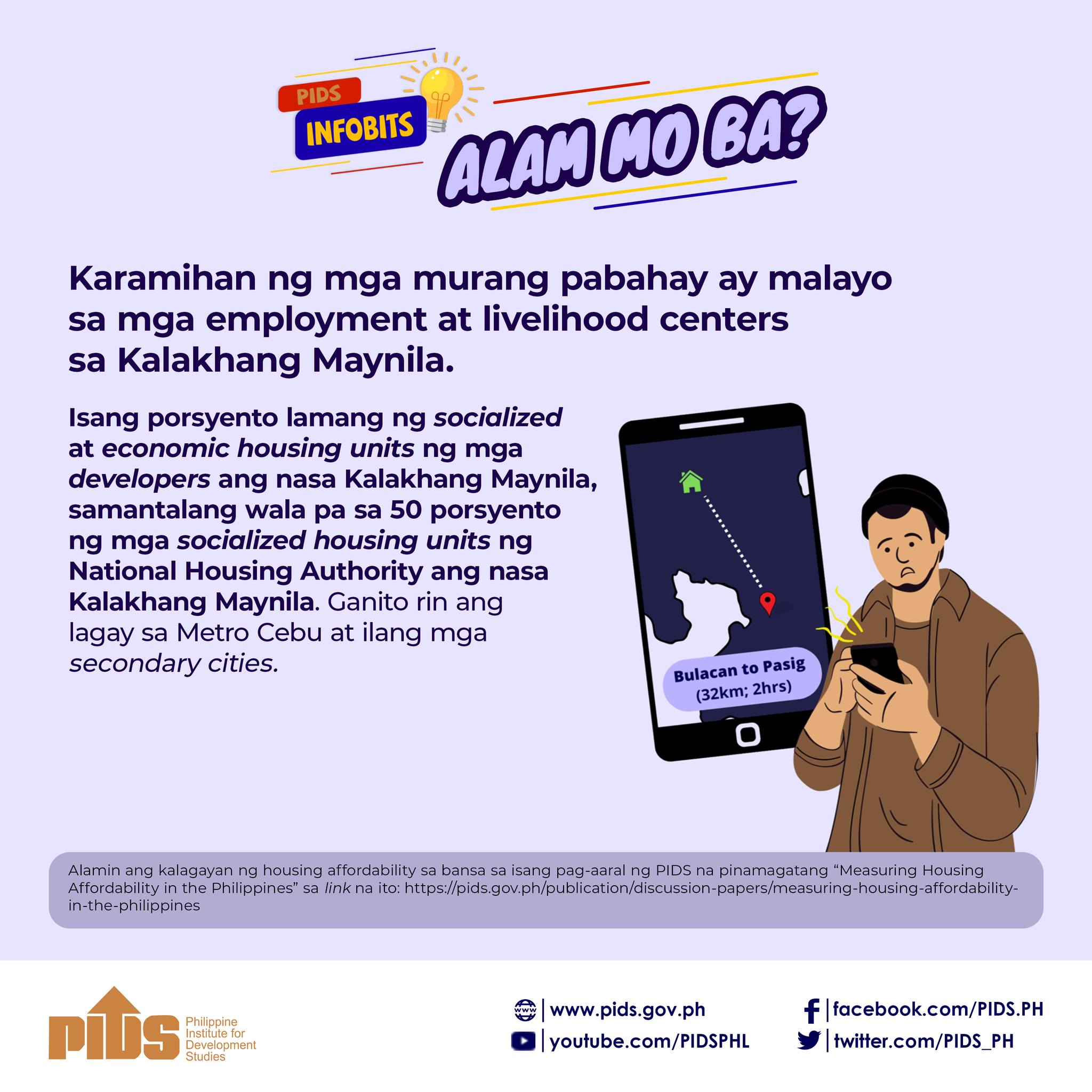Housing in the country remain expensive for most Filipinos as wage increases are just enough to cover for rising commodity prices, according to the Philippine Institute for Development Studies (PIDS).
In their latest study, PIDS Vice President Marife Ballesteros, Supervising Research Specialist Tatum Ramos and Research Specialist Jenica Ancheta found that the popular 30-percent housing price-to-income ratio is not a suitable measure of housing affordability in the country.
The researchers said this is because the ratio overestimates affordability among the poor and underestimates the same among higher-income groups. The rule is more applicable in developed countries with low poverty incidence, a significant portion of middle-income families and rising real wages.
“This is not the case in the Philippines, where there are 47 percent low-income and 20 percent vulnerable households. Then, if you look at real wages, it is not rising. Whatever increase in wages we experience is only enough to cover inflation,” Ballesteros explained.
The authors also measured housing affordability using the residual income method, which determines if a household’s remaining budget after paying for housing is enough for necessities and other basic costs based on national median spending costs per income group. The Philippine Statistics Authority bases the figures on non-housing basic expenditures on estimates.
Ramos said that the 30-percent rule underestimates the number of households experiencing housing stress or having no income left after paying for housing and basic expenses.
In their analysis, the number of Filipino households that experienced socialized housing stress in 2018 rose from 16 percent using the 30-percent rule to 31 percent using the residual income method.
The study also gauged the extent of shelter poverty in the country based on socialized housing price ceiling. Poor households have negative income left after paying for housing and non-housing basic expenditures, while low-income but not poor households are vulnerable to experience the same.
Moreover, many low-cost housing projects are far from Metro Manila’s city centers. “This exposes households to further housing stress by straining their budget. The distance adds to their transportation cost, especially if family members work in the urban centers,” Ramos said.
“To address shelter poverty, the study recommends passing enabling policies and pursuing reforms such as creating land community trusts and a public housing fund at the national and local levels, offering incentives for rental housing developments for low and middle-income groups, implementing standard valuation of real estate properties, increasing idle land tax, and ensuring ease of doing business in land titling and transfers, building permits, and licensing,” PIDS said.
Meanwhile, on Wednesday, the Department of Human Settlements and Urban Development (DHSUD) said the country’s housing backlog might reach 7 million by yearend. Closing this gap would require the national government to build at least a million houses every year.
To accomplish such, the signing of an executive order (EO) on idle lands would make it possible to tap 16,000 hectares of unused land from local governments nationwide.
“We are continuously working on this inventory of plans and we will be partnering with other government agencies [that are] also involved in land,” DHSUD Undersecretary Avelino Tolentino said in a televised briefing.
Tolentino said passing the EO would significantly contribute to the Pambansang Pabahay para sa Pilipino Program which is currently being done in Quezon City, Bataan, Bacolod City, Iloilo, Roxas City, Marikina City, Iligan City, Carmona, Cavite, and Tanauan City in Batangas.
The DHSUD said a number of LGUs are also in line to participate in the housing program. Efforts are also underway to identify possible beneficiaries of these housing programs in order to address the backlog.
Tolentino added the program would also boost the economy and ensure the country’s recovery from the ill effects of the Covid-19 pandemic. He said with 80 allied industries, the housing sector could provide income for industries and jobs for thousands of Filipinos.

